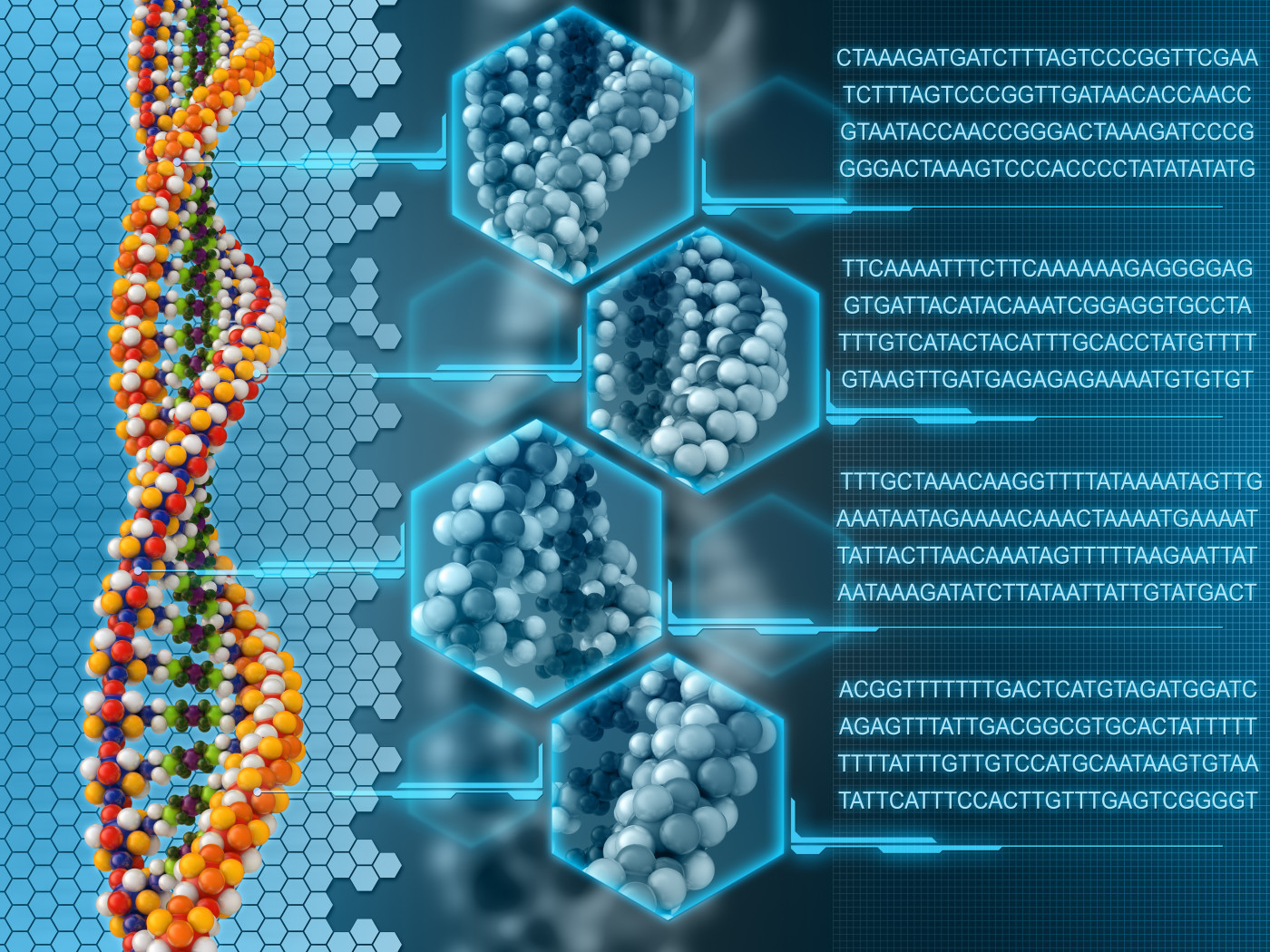New Gene Therapy Strategy May Reverse Effects of Disease-related Mutations, Study Shows
Written by |

A new strategy to genetically prevent disease-related mutations from occurring shows the potential to treat several genetic diseases, including cystic fibrosis (CF), a study reports.
This newly developed approach uses man-made RNA molecules, called anticodon engineered transfer RNAs or ACE-tRNA, that prevent the detection of abnormal stop signals in a gene’s sequences. This results in the production of normal-length, functional proteins instead of the shorter protein versions that are associated with several diseases.
The study describing the findings, “Engineered transfer RNAs for suppression of premature termination codons,” was published in the scientific journal Nature Communications.
Mutations, or variations, in gene sequences can lead to different outcomes. If the variation does not change what is encoded in the sequence, it is classified as silent; however, if it significantly alters the sequence, it can either change the shape of the encoded protein, cause the production of a shorter version of the protein, or prevent the production of the protein at all.
The genetic variants linked to CF are mainly within these more damaging types of mutations, preventing the normal function of the CFTR protein, which is the one that is defective in CF patients.
A team led by Christopher Ahern, PhD, a researcher at the University of Iowa Carver College of Medicine, developed a new strategy to tackle these potentially harmful genetic variants that lead to shorter proteins.
The Cystic Fibrosis News Today forums are a place to connect with other patients, share tips and talk about the latest research. Join today!
The team’s strategy was to detect premature termination codons (PTCs) — the genetic stop signals — and prevent them from being read by the natural protein-producing machinery.
They developed a laboratory analysis that allowed them to effectively identify sequences of PTCs, and based on these sequences, they designed specific ACE-tRNAs. These small RNA molecules would then be delivered to mutated cells and intervene in the protein production process, or the translation process, in which the genetic information is “translated” into a protein sequence.
The researchers showed that ACE-tRNAs were potent in their ability to inhibit PTCs and help promote the production of normal-length, functional proteins.
“What I like about this study is that a number of different labs with different expertise all verified our engineered tRNA technology in a variety of contexts,” Ahern said in a press release. “That suggests the approach is robust.”
“Our unique gene therapy approach takes advantage of the built-in fidelity of the translation process but reengineers tRNAs to turn disease-causing stop signals back into the correct amino acid,” he added. “Basically, our anticodon engineered tRNA technology turns ‘stops’ into ‘gos’ and hopefully one day may be used to correct defective genetic sequences in people.”
To test the efficacy of this new strategy, the researchers used experimental cell models of CF carrying different genetic mutations associated with the disease. Results showed that the ACE-tRNA was able to recover the production of the normal and functional CFTR protein in cells whose impairment was caused by a PTC, confirming their targeted efficacy.
Injecting ACE-tRNA in the leg muscle of mice also effectively targeted PTCs and promoted the production of full-length proteins.
“PTCs cause a multitude of human diseases and there are no established therapeutic options for their therapeutic management,” the researchers wrote in the study.
This engineered ACE-tRNA shows the “potential to repair a vast majority of known human disease-causing PTC,” they said. Still, there is a long way to go and many challenges to overcome until this gene therapy can be used in humans.
“For many diseases caused by nonsense mutations, even correcting a small percent of the mutated protein could be enough to be therapeutic to the patient,” Ahern said. “If this were to work as a human therapy, we would have a way to target every known stop codon disease.”






